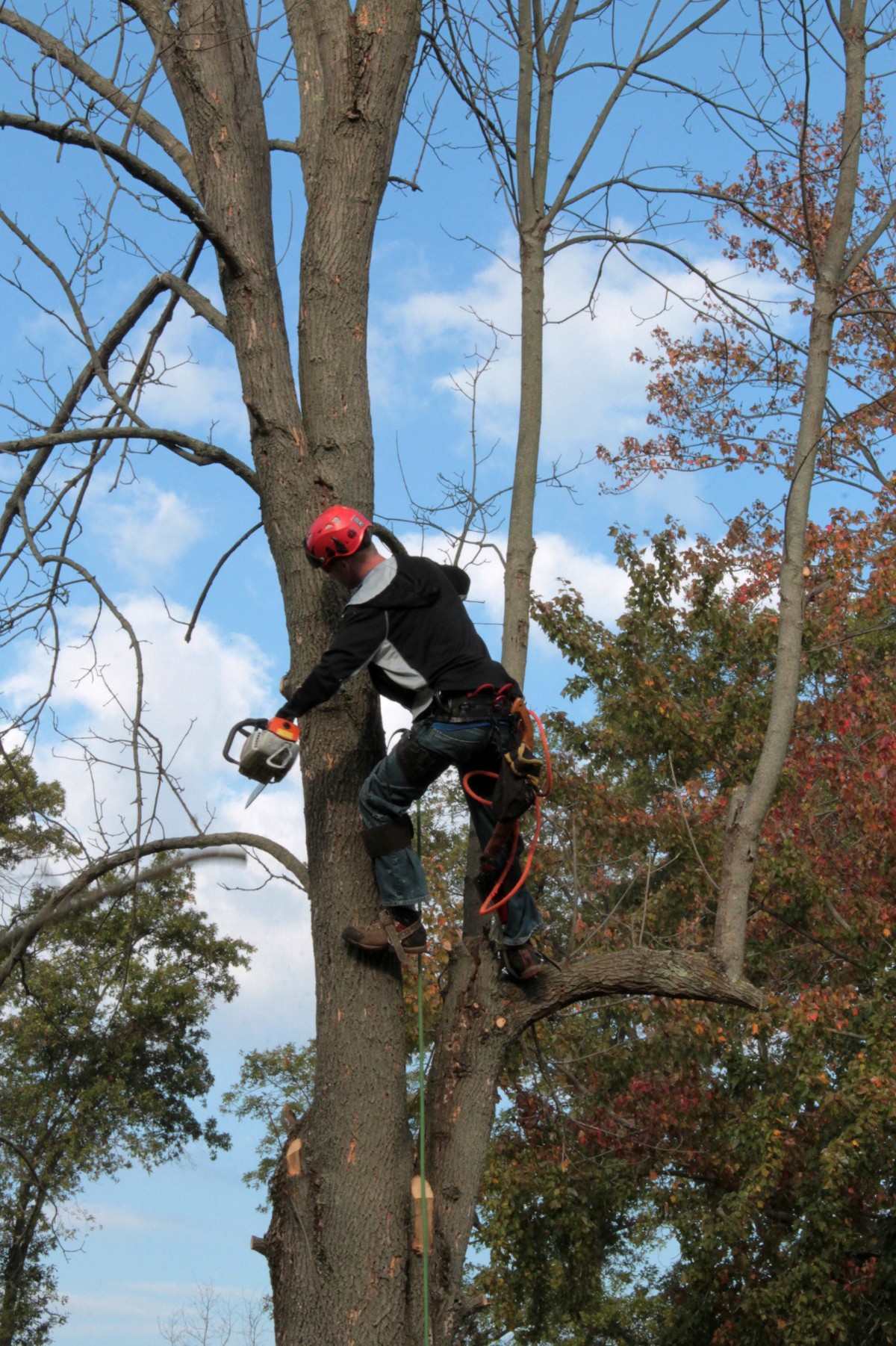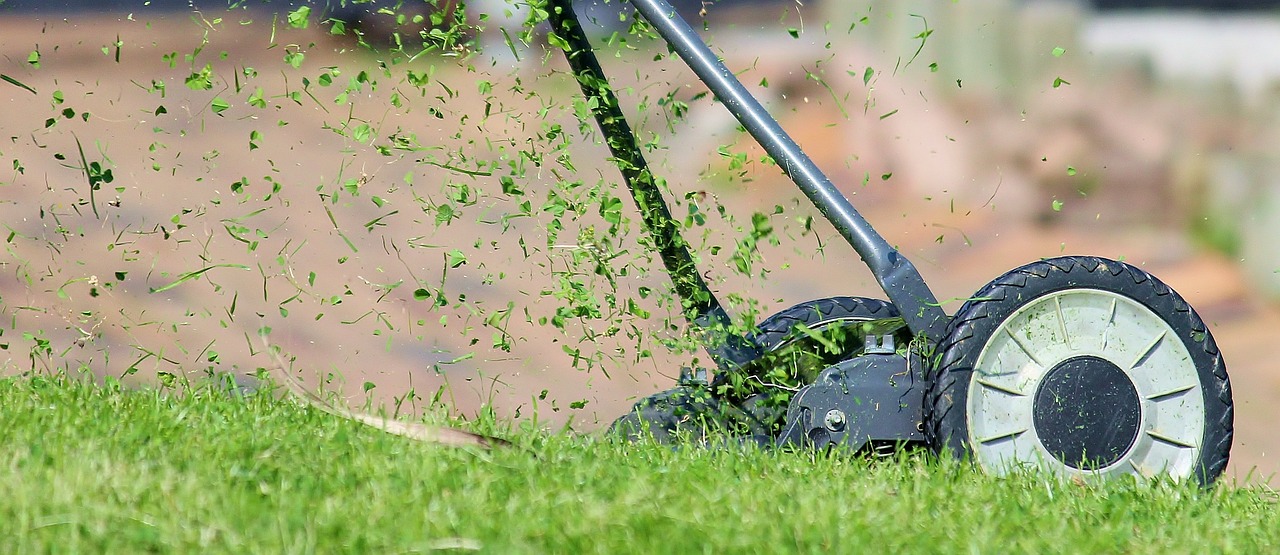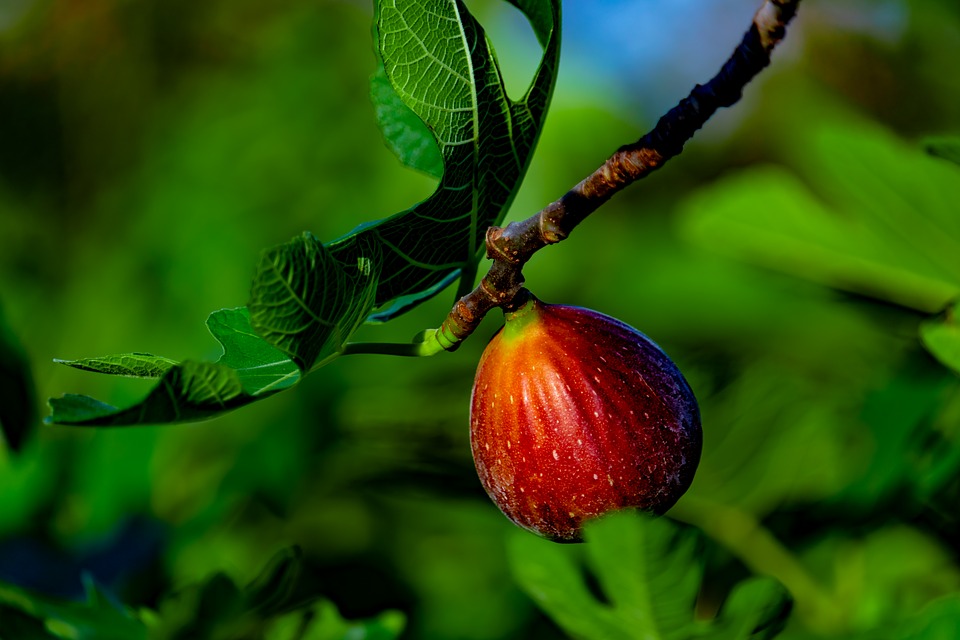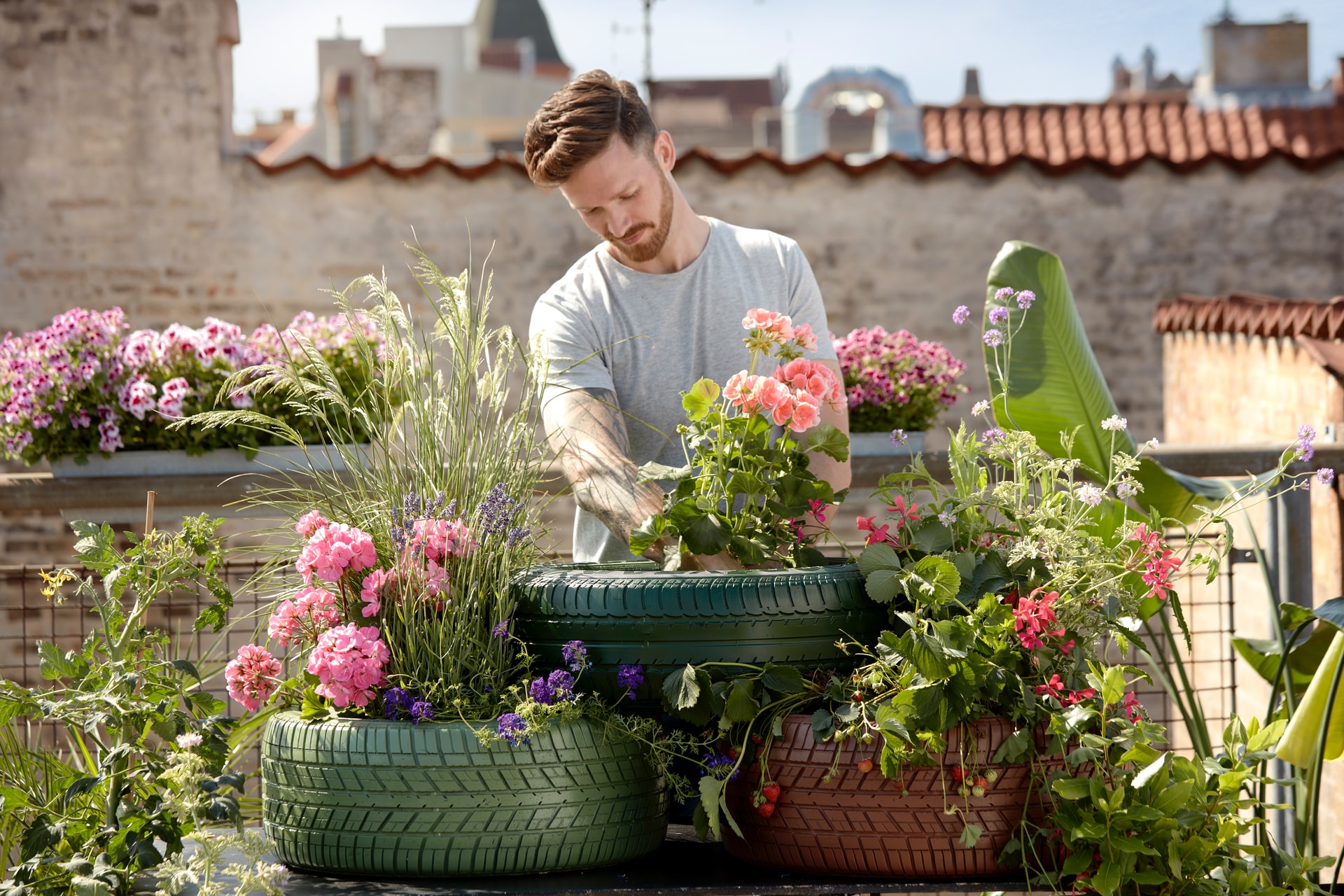Many people still do not know exactly what pruning is. It is a technique that consists in cutting branches of trees or shrubs, which are either useless, cumbersome or represent a real danger to others. It is quite possible that we don’t value tree pruning. However, pruning is recommended to preserve our environment.
Landscapers are dedicated to the maintenance of green spaces and landscaping, including pruning. Indeed, we cannot control the growth of trees, but we can perform regular maintenance. The action of pruning a tree is not easy and requires the mastery of specific techniques to avoid any accidents. There are indeed professionals who have the skills required to perform this work. So, without further ado, let’s dive into this blog and learn some of the things you need to know about pruning.
The pruning period
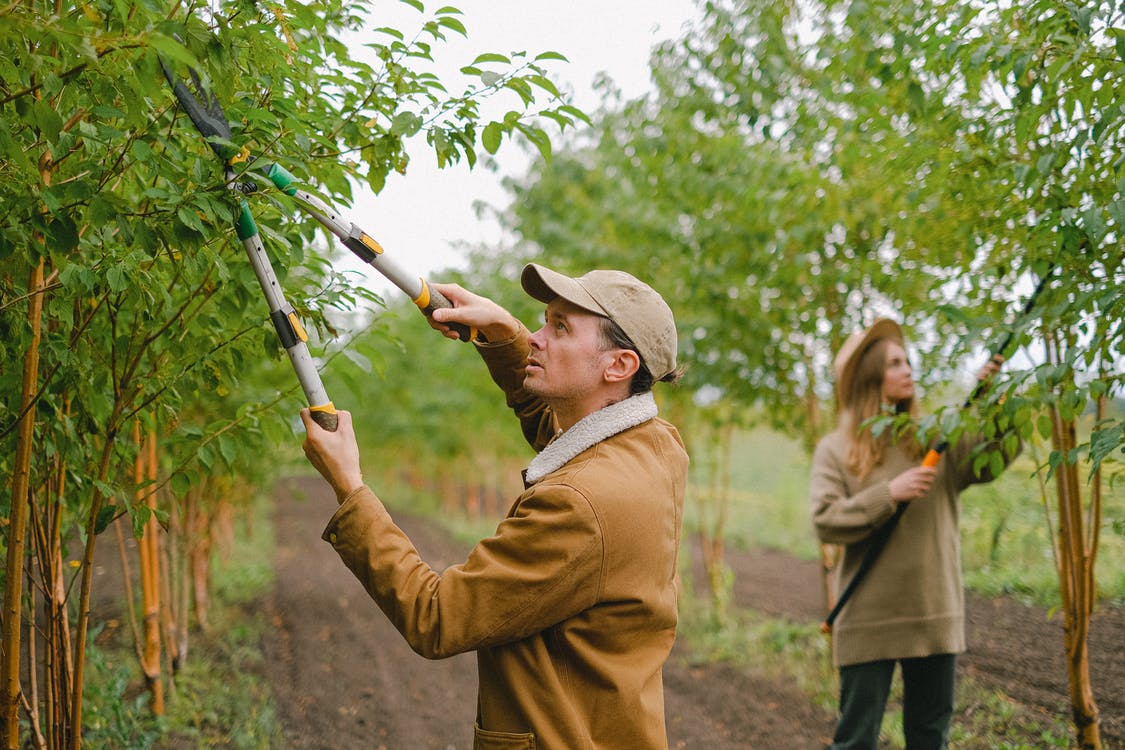
-
- Pruning a tree does not only consist in cutting off its useless branches but there is also a calendar for doing it. Pruning is strictly forbidden during the sap flow period. This period extends from early spring just as the trees are resting. The age of the trees must also be taken into account:
-
- Pruning should be done annually for a tree less than ten years old.
-
- Pruning should be done every two years for a tree older than ten years.
-
- For a tree twenty years old, pruning should be done every four to five years.
-
- Pruning shall be done every ten years for a tree older than twenty years.
Pruning tools and their roles
To prune, it is necessary to have the appropriate tools. They are available in hardware stores.
-
- The ladder: to be able to reach the branches of trees in height.
-
- The chainsaw: for pruning large branches.
-
- The pruning saw: is recommended for small branches.
-
- Pruners: to cut all types of trees.
-
- Hand pruners: applicable on small branches.
-
- Pruning poles: to prune trees from the ground.
-
- Various equipment includes special glasses, helmets, anti-cutting shoes, suits, protective gloves, straps, and harnesses. They help protect the body from any possible accidents or debris that may fall along the way.
The essential steps of pruning
1. Planning the work to be done on the site
It consists in determining the ideal period for pruning and anticipating the possible risks. It allows us to determine the work to be done, the appropriate equipment, and the techniques to be adopted.
2. Tree pruning
This step consists in pruning the tree as precisely as possible. It is preferable for large branches to tie them up, then cut them close to the trunk to avoid damaging the bark. The double-notch technique is recommended. Removing dead, diseased, broken, or badly arranged branches and leaves is also necessary. Note that the remaining trees must represent 2/3 of the tree to obtain good regrowth.
-
- To give your garden a fresh look, you should cut off about 1/3 of the branches.
-
- To improve the appearance of the tree, remove the secondary shoots, those that cross and reach the ground.
-
- To increase the growth, it is necessary to prune the old branches with a chainsaw.
-
- And finally, to give your tree a thickened look, you need to work on the end of the branches with a crescent attached to a pole.
3. Finishing the pruning
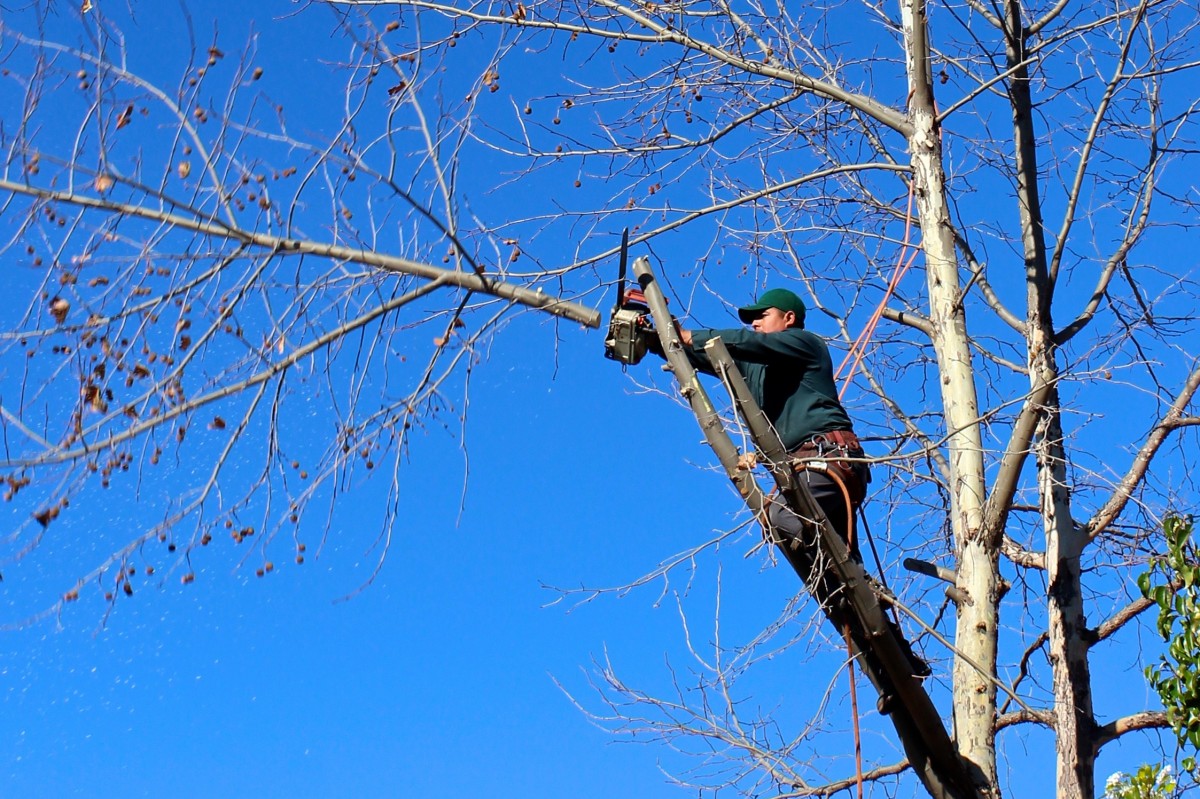
To ensure good regrowth and maintain the health of the tree, it is advisable to apply tar and resin mastic to heal the cut parts, thus avoiding the subsequent formation of bacteria. At first, glance, cutting down unnecessary trees seems obvious, but you must follow the right methods and use the right tools to prune successfully. If you lack the required knowledge and skills, it is better to use professional and experienced pruning service providers to avoid accidents.
Sound off in the comments section below, and tell us what you want to read next and if you want to read more about pruning.
